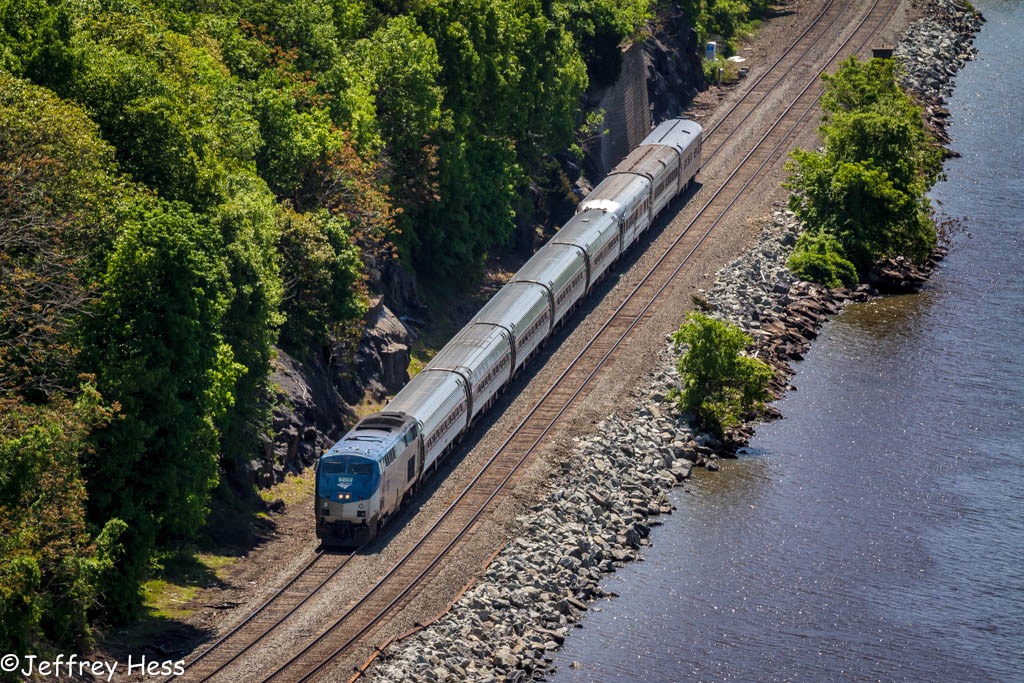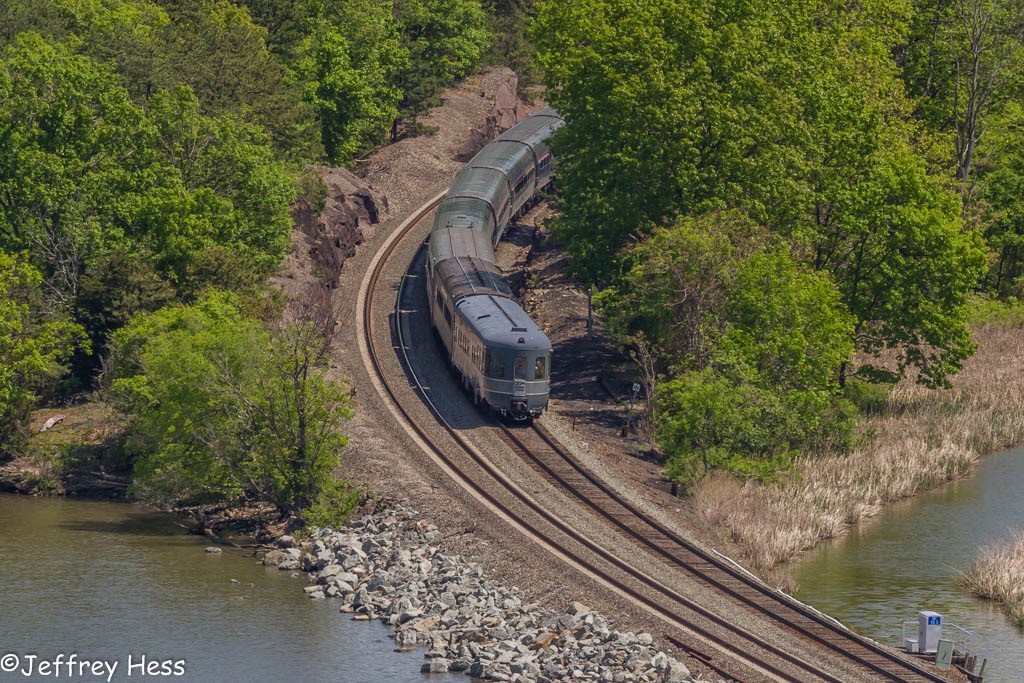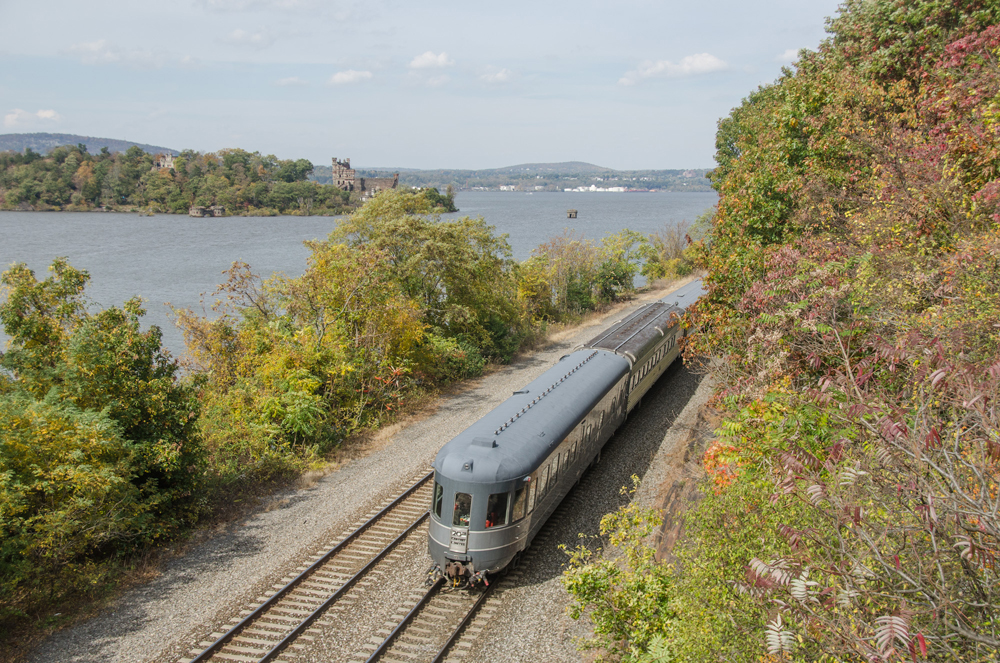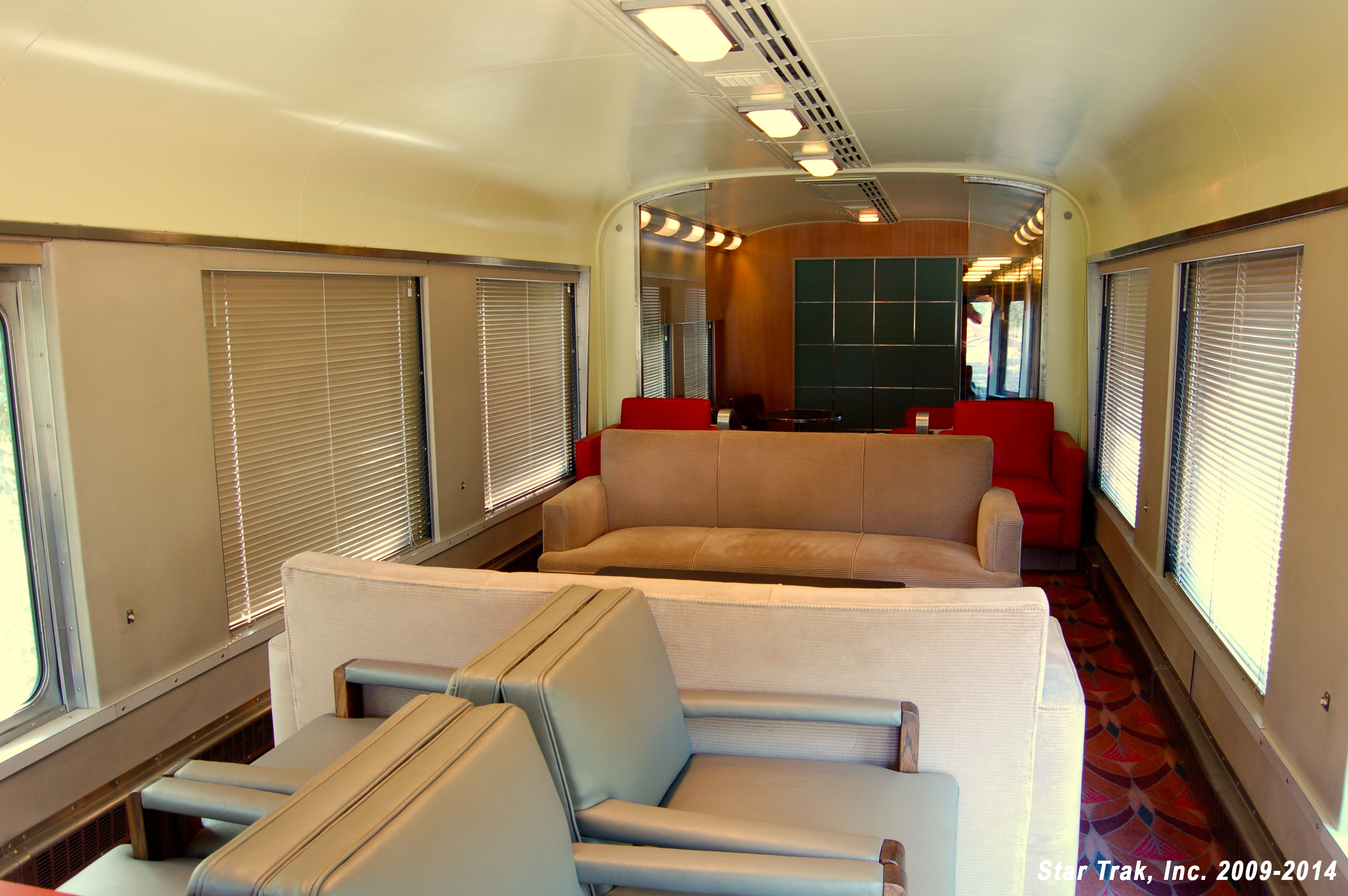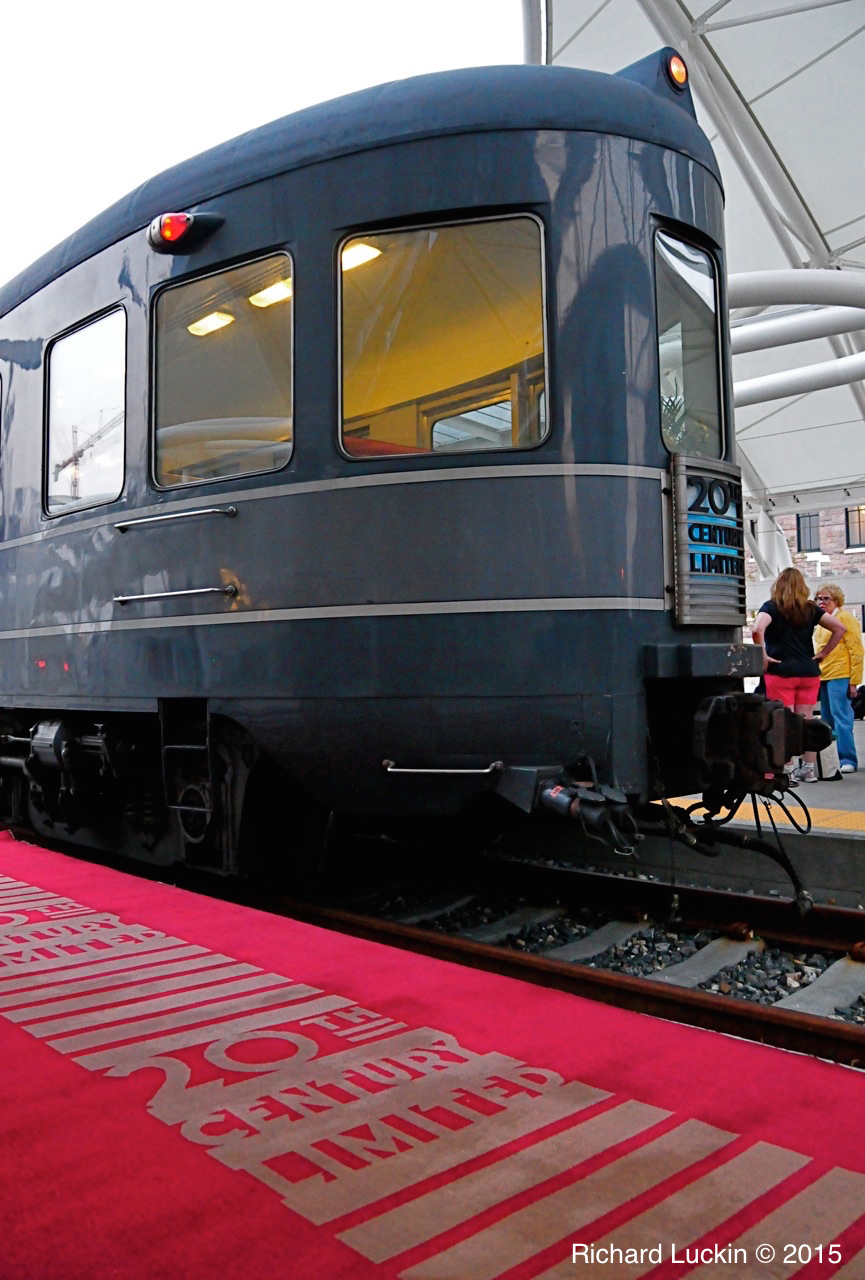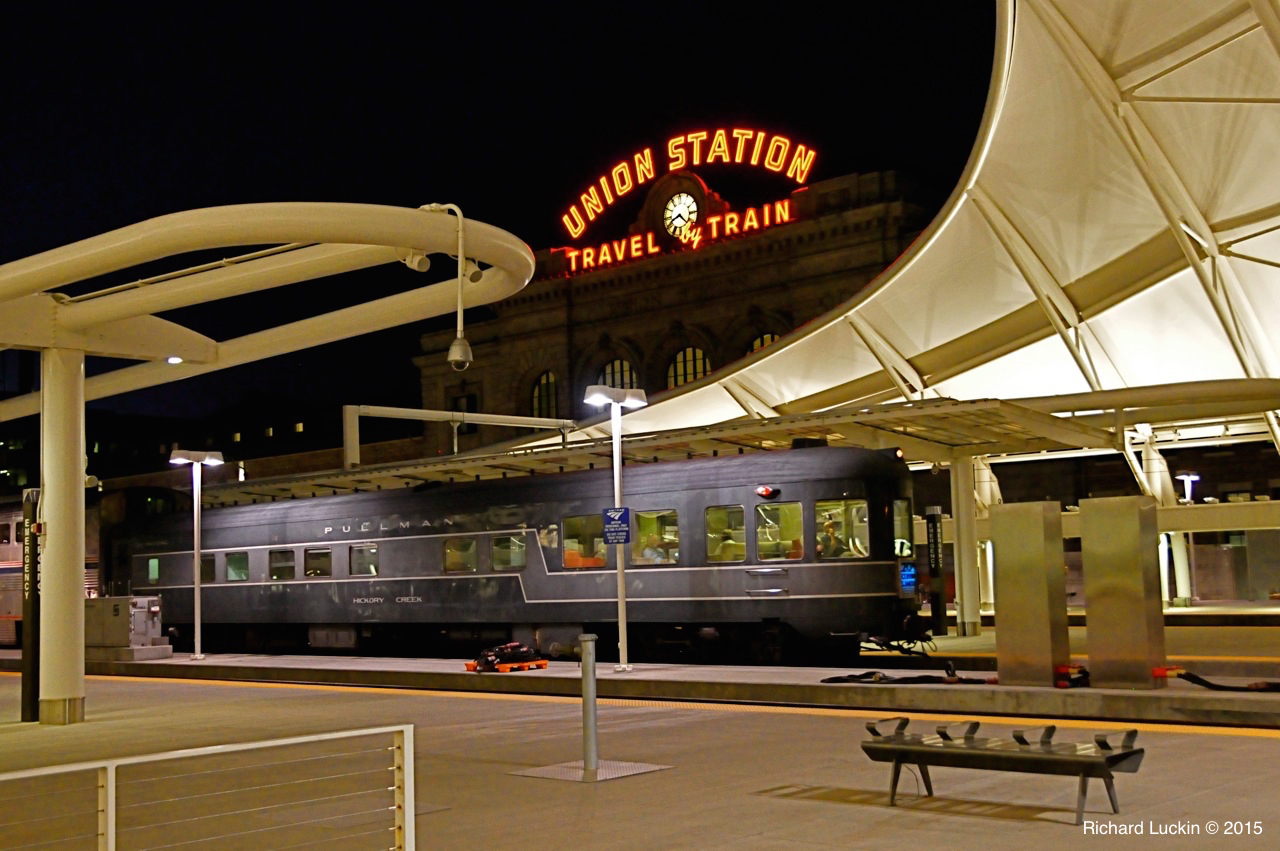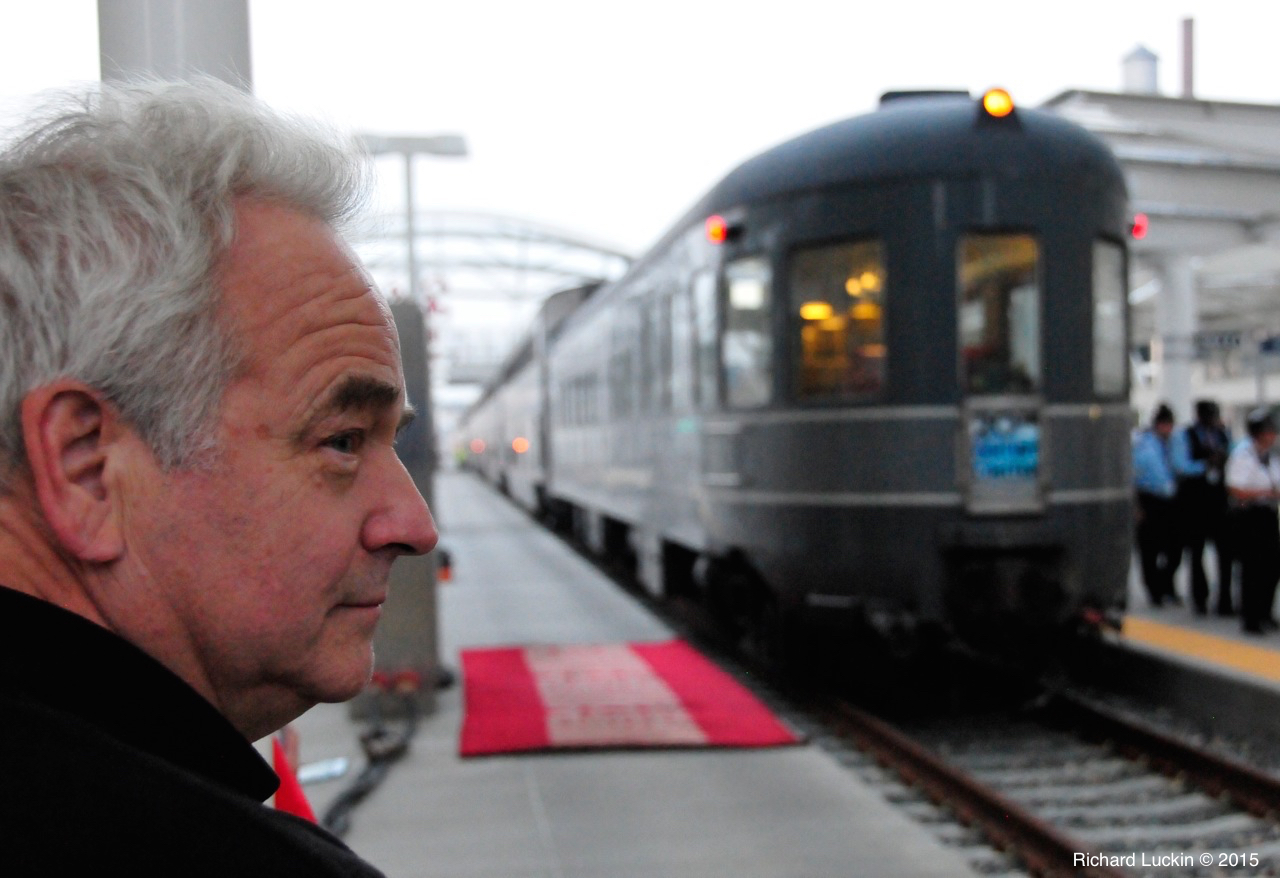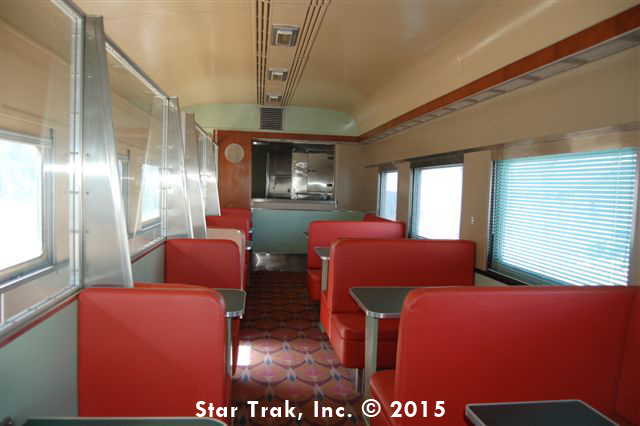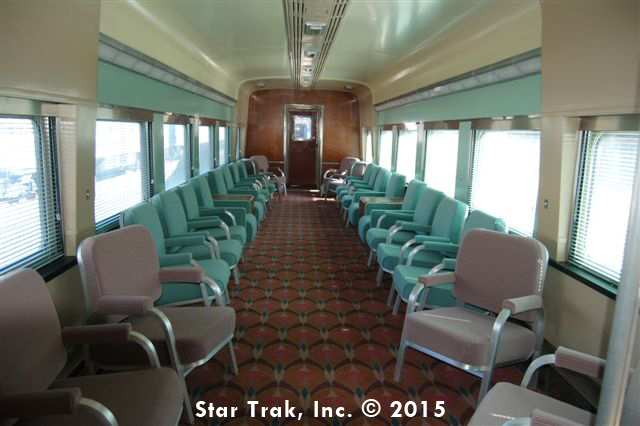Hickory Creek
sm.jpg)
- Builder: Pullman Standard Car Manufacturing - Chicago
- Built: 1948
- Type: Sleeper/Lounge/Observation
- Capacity: At seat light meals: 25 | Dining table meals: 16
- Night Capacity: Six guests + two crew (see floor plan for configuration)
Note: Does your group size exceed the capacity above? Contact Us to discuss using additional cars that we partner with.
Floor Plan

Bedroom Configurations
- Bedroom A: Master bedroom featuring a full-size bed with private toilet and shower annex
- Bedroom B: Double bedroom with lower and upper Pullman style berths sharing a toilet and shower annex with the adjoining room
- Bedroom C: Double bedroom with lower and upper Pullman style berths sharing a toilet and shower annex with the adjoining room
- Bedroom D: Master bedroom featuring a full-size bed with private toilet and shower annex
Lounge Area
- The "Lookout" lounge features 14 comfortable seating positions.
- The lower lounge (cocktail lounge) doubles as a dining area for 8 guests at a time.
About Capacities
The capacites of the Hickory Creek depends on whether the car is being used for daytime or overnight travel and the meal service desired. For example, when operating during the daytime where full meal service is desired, the daytime capacity is 16 guests. This allows for two seatings of eight for dining.
Photo Gallery
History
New York Central #43

- Builder: Budd Company - Philadelphia
- Type: Tavern-Lounge
- Built: 1947
- Day Capacity: 47 (see floor plan for configuration)
Floor Plan

Lounge Section
- The lounge section has seating for 25 guests in comfortable club style chairs with drinks stands and side tables.
Tavern Section
- The tavern section features seating for 22 guests to enjoy a light meal.
Photo Gallery
History
Crystal Stream - Coming Soon
- Builder: Budd Company - Philadelphia
- Built: 1949
- Type: 6 double-bedroom / buffet / lounge
- Day Capacity: Day: 36 (including rooms)
- Night Capacity: 10 guests + two crew (see floor plan for configuration)
Note: Does your group size exceed the capacity above? Contact Us to discuss using additional cars that we partner with.
Floor Plan

Lounge Section
- The lounge section has seating for 22 guests in comfortable club style setting.
Bedrooms
- The bedrooms can also be used for daytime riders, seating 2-3 guests in each room depending on room configuration.


